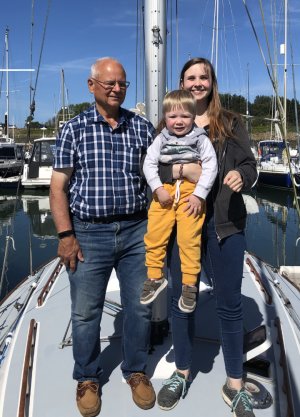srm
Well-known member
Just a gentle warning as it seemed so unlikely. I recently had a skin cancer removed from my forehead. The dermatologist's initial reaction was "where did you get all the sun - sailing?"
Well yes, almost five decades of sailing, but mostly north and west Scotland, plus west Norway, a few weeks in Denmark, and a few passages the length of Britain.
Its not just me, someone else I knew who also did most of his sailing in the north of Scotland and Scandinavia lost bits from both of his ears to skin cancer.
We are both OK now, but do take care.
Well yes, almost five decades of sailing, but mostly north and west Scotland, plus west Norway, a few weeks in Denmark, and a few passages the length of Britain.
Its not just me, someone else I knew who also did most of his sailing in the north of Scotland and Scandinavia lost bits from both of his ears to skin cancer.
We are both OK now, but do take care.

